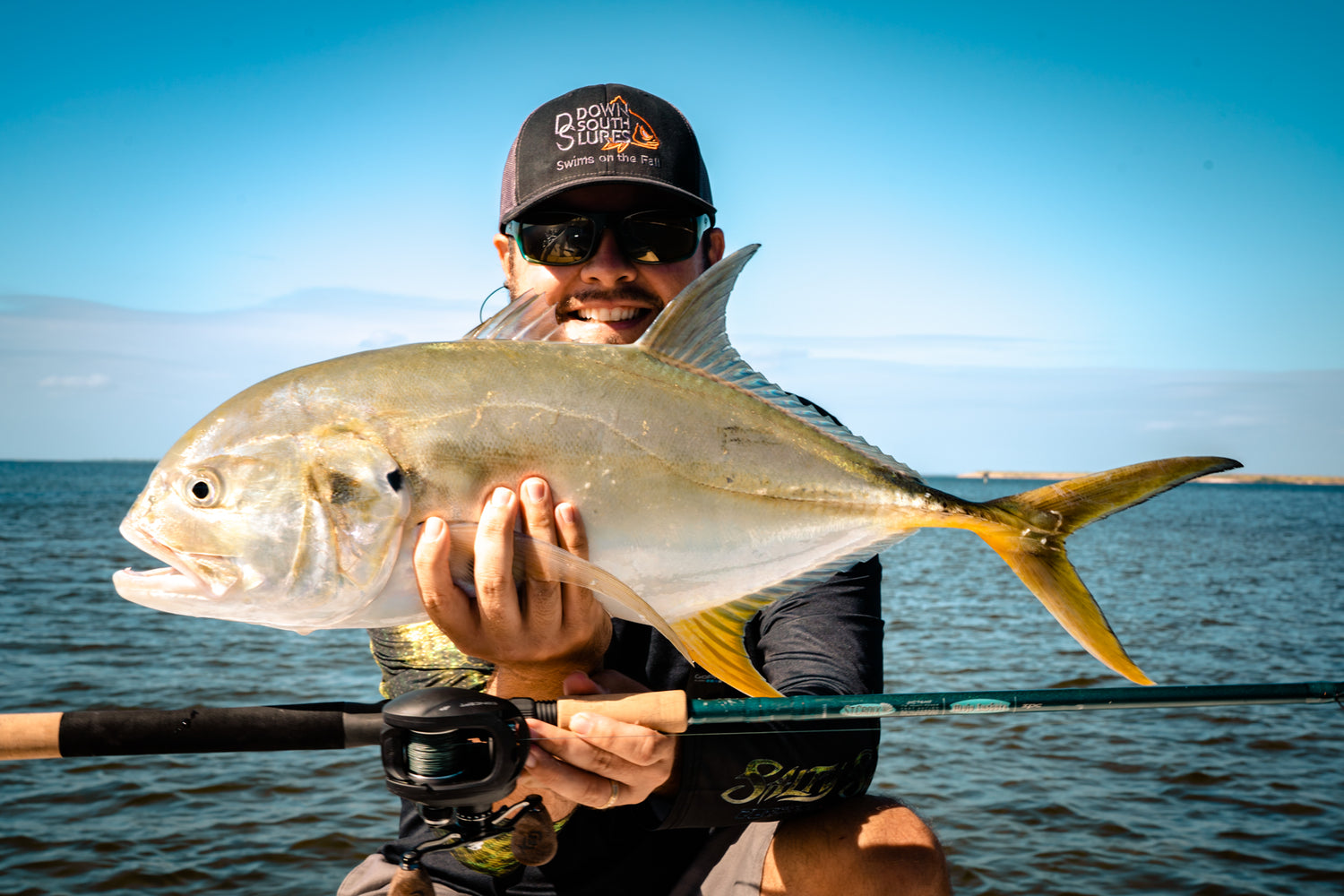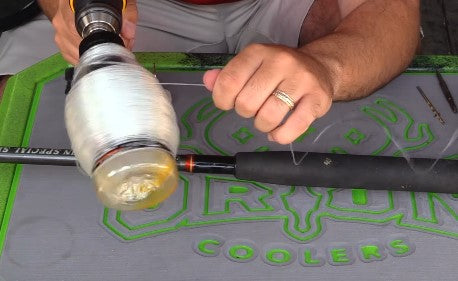Okay, I know what you are probably thinking, how to use a fishing rod? Are we seriously talking about this in 2020? Well, yes, and why you might ask? Unfortunately, there is a large majority who do not know how to use a fishing rod properly. How have I determined this, you might be wondering? A couple of years ago, Chris and I created a video on what it takes to break a St. Croix fishing rod. We used high stick methods, picked up cumbersome objects that far exceeded what the rod was supposed to be capable of, and it took everything next to a miracle to break. We finally managed to break the rod attempting to pick up and 60lb concrete weight that we made to hold down one of our event tents, but it was no simple task.
After a couple of years, we have compiled hundreds of comments on the video, which you are welcome to see for yourself. There are dozens of comments stating how easy it was to break their rod and how St. Croix was a terrible rod brand etc. However, you can go onto any rod companies website; moreover, you'll find the same demeaning reviews. So is it the product or the user? There is no doubt that product defects do happen, but I would be willing to bet that 85% of ALL rod breaks come from user error. Sadly, most fishermen don't want to hear that or learn what they did wrong. It's easier to blame the product and carry on.
So what is the problem? Why are the rods breaking? Contrary to popular belief, fishing rods are designed to carry the load closer to the butt of the rod. In a perfect world, the rod should never really exceed a 45-degree angle. Maintain your leverage by sticking the rod butt into your stomach and use both hands to apply steady pressure, ultimately subduing the fish.
When you start to raise your rod past the 45-degree mark, say 60 or even 90 degrees, you run the risk of breaking it. We call this High Sticking. Most of your rod breaks are due to high sticking. We see this unfavorable technique done by both novice and experienced anglers alike. I am even guilty, especially when flipping a fish in the boat with just the rod.
Transport is also a big culprit when creating weak spots or hairline fractures in the blanks; this is especially true when transporting in the back of a pickup truck. I noticed many of my breaks occur where the tips of the rod make contact with the tailgate. Driving down the interstate at 70 miles per hour probably doesn't help the situation either. When you think about all of these factors, it truly is astonishing how tough and durable fishing rods are. We took the time to draw up this rod infographic to help you better understand how to prevent damage to your rod and hopefully keep you operating at 100% capacity for many years to come. Be sure to also checkout this article on how to cast a spinning rod.

Don't be shy; we would love to hear from you; what other factors do you think causes rod breaks? Is it the fault of the user or low product quality, in your opinion? I know this is a very debatable discussion, and I am okay with that; thanks for reading, and be sure to share this graphic on social media to help other fellow anglers.




